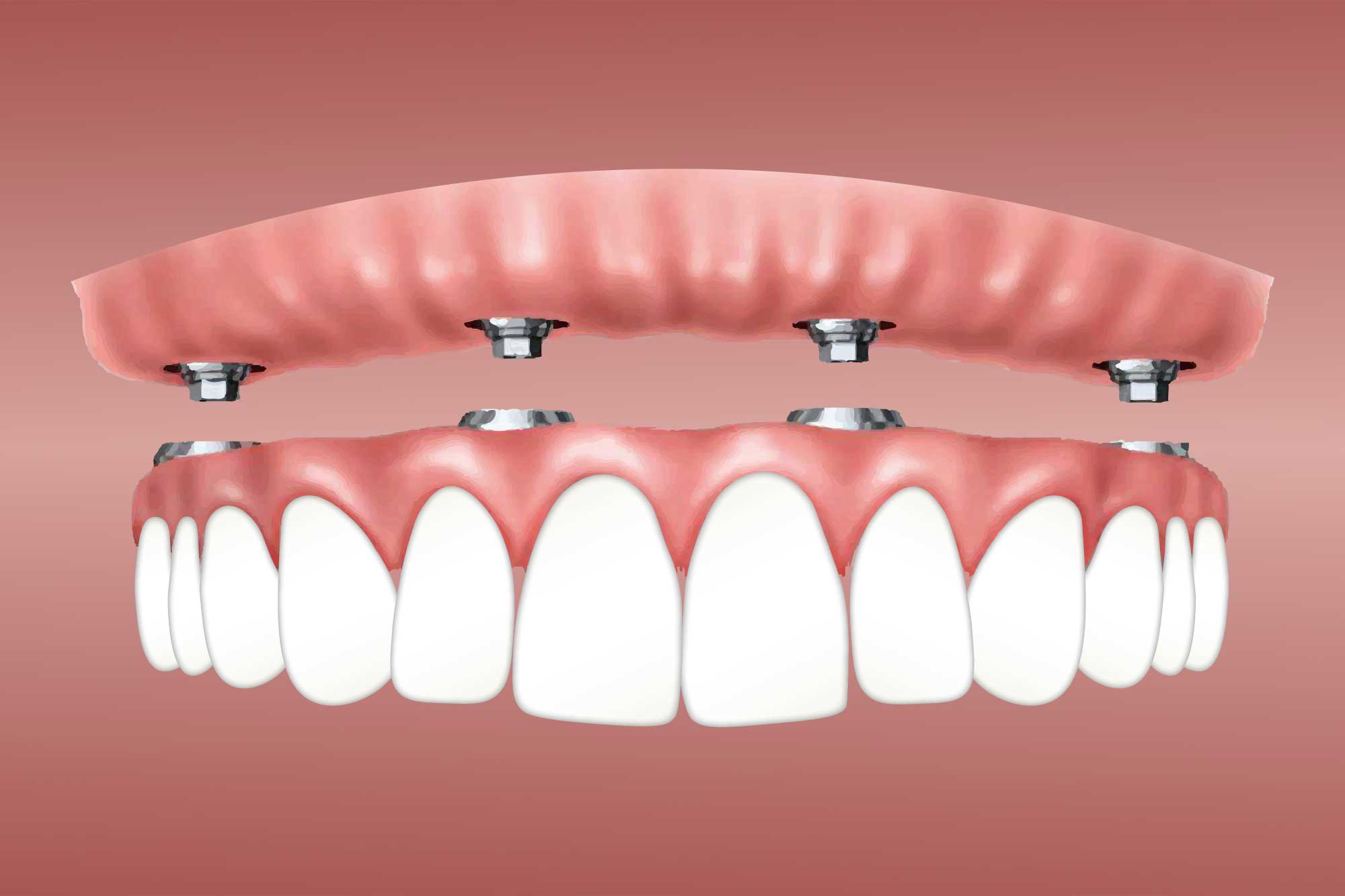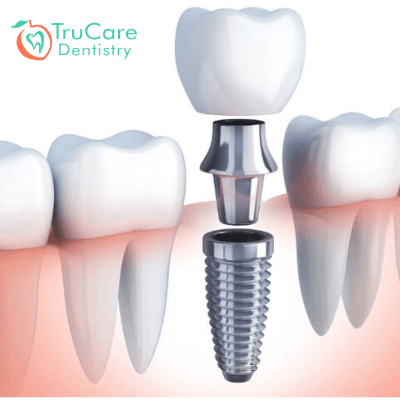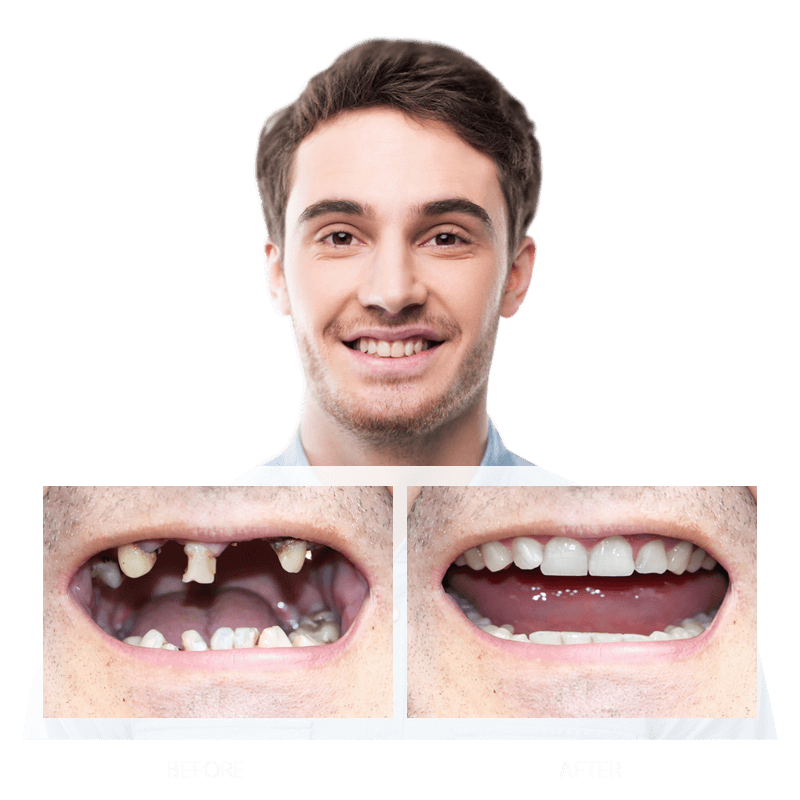Dental Implant And Bridges Grand Haven MI - Dental Implants Advantages
Dental Implant And Bridges Grand Haven MI - Dental Implants Advantages
Blog Article
Dental Implants Jenison MI - Guide to Dental Implants: A Popular Option for Tooth Replacement
The journey toward dental implants begins with a radical assessment of the jawbone's condition. When there may be inadequate bone density to help an implant, bone grafting becomes a vital check my site process to recreate a steady basis. Understanding how a lot bone grafting is required for important source dental implants significantly influences the treatment plan, timeline, and overall success rate.
The amount of bone grafting required is dependent upon multiple factors, together with the extent of bone loss, the implant's dimension, and the specific location throughout the mouth. In cases of great bone loss due to periodontal ailments, trauma, or prolonged tooth loss, extra extensive grafting could also be needed. Conversely, if the bone loss is minimal, a smaller graft may suffice.
Full Mouth Dental Implants Grand Rapids MI - Multiple Tooth Dental Implants
The analysis course of typically entails imaging studies similar to X-rays or 3D scans, allowing the dental skilled to visualize the bone structure (Affordable Dental Implants Near Me Holland MI). These photographs assist in figuring out the standard and quantity of existing bone. If the bone is deemed inadequate, the dentist will then define the appropriate grafting procedures
Grafting may be sourced from numerous areas. Autografts, which contain harvesting bone from the patient's personal body, are sometimes deemed the gold standard. These supply glorious integration with the existing bone however include the downside of extra surgery. Other options embrace allografts, which use donor bone, and artificial supplies designed to imitate natural bone. Each possibility has its personal implications on healing and success rates.
After figuring out the mandatory amount of bone grafting, the dental skilled will create a tailor-made plan for the patient. This plan might embody the timing of bone grafting in relation to the implant placement. In some cases, a graft may be carried out concurrently with the implant surgery. Alternatively, in more difficult situations, a separate therapeutic interval is indicated.
Healing timelines range based on the individual's health, the extent of grafting, and the type of graft used. Generally, the therapeutic of a bone graft takes a number of months earlier than an implant can be placed. During this time, bone regeneration occurs, leading to a steady base for the implant.
Denture Dental Implants Holland MI - How Much Do Dental Implants Cost?
Patients usually wonder in regards to the risks related to bone grafting. While problems similar to infection or graft failure are potential, these occasions are relatively uncommon. Adhering to post-operative care instructions and attending follow-up appointments decrease risks and promote healing.
Once the bone has adequately healed, the dentist assesses the graft's success by evaluating the bone density and stability. If everything looks favorable, the following steps toward putting the dental implant can begin. The success of this next step largely hinges on the quality of the bone graft and its integration with the encircling bone.
Cost considerations play an important position in the decision-making process. The expense of bone grafting varies based on supplies used, the complexity of the case, and geographic location. It is crucial for sufferers to debate finances upfront to avoid sudden bills later in the treatment.
Denture Dental Implants Walker MI - Dental Implants: What You Should Know
Also, patients should have sensible expectations regarding the timeline and outcomes. Many elements can influence how a lot bone grafting is needed and its general effectiveness. A collaborative strategy involving the patient and the dental team not solely ensures clarity but in addition enhances the possibilities of a successful consequence.

Maintaining good oral hygiene and common dental visits following the procedure is vital. These practices can prevent complications and ensure that both the graft and the implant stay stable over time. The ongoing relationship with a dental professional is essential, especially in the months following the procedures.
In conclusion, understanding how a lot bone grafting is needed for dental implants encompasses a multi-faceted strategy that considers bone quality, grafting sorts, healing time, and general affected person health. The balance between reaching the desired aesthetic and functional outcomes whereas minimizing risks and issues is on the heart of dental implant procedures. The journey may be in depth, but a well-planned strategy maximizes the possibilities for a profitable, long-lasting lead to restorative dental work.
- Determining the quantity of bone grafting required for dental implants typically hinges on the initial bone density and volume of the patient's jawbone.
- Each affected person's case is unique; elements corresponding to earlier extractions, periodontal disease, or trauma can influence the necessity for grafting.
- A 3D imaging scan is often performed to evaluate the exact dimensions of the obtainable bone and inform the grafting strategy.
- The type of dental implant placement—immediate or delayed—may dictate the amount of bone grafting needed for stability and integration.
- Different forms of graft supplies, similar to autografts, allografts, or artificial options, can impact how much grafting material is required.
- Assessing the patient's general health, age, and way of life habits can affect the healing process, influencing graft quantity requirements.
- The depth and placement of the implant can necessitate varying quantities of graft material to secure optimal outcomes.
- Successful integration of the dental implant often depends on enough bone density, leading to a tailor-made grafting strategy for each particular person.
- Consultation with an oral surgeon will provide a clearer estimate of the bone grafting needed based mostly on complete evaluations and imaging outcomes.
- Post-grafting healing time varies; thus, a cautious evaluation is essential to determine the ultimate quantity of grafting required for successful implantation.undefinedHow a lot bone grafting is required for dental implants?
Full Mouth Dental Implants Norton Shores MI - Dental Implants Tooth Replacement
What is bone grafting and why is it necessary for dental implants?undefinedBone grafting is a surgical process that adds bone or bone-like materials to the jawbone. It is critical for dental implants when the prevailing bone is insufficient to support the implant, guaranteeing stability and long-term success.
How do I know if I want a bone graft for dental implants?undefinedYour dentist or oral surgeon will consider your jawbone via x-rays or 3D imaging to determine its density and quantity. If they find that you just lack adequate bone, they will suggest a bone graft before proceeding with the dental implant.
Dental Implants And Dentures Grand Haven MI - Dental Implants - Top Oral Surgeon
What factors influence the quantity of bone grafting needed?undefinedFactors embrace the scale and site of the implant website, the health and density of present bone, and individual healing capability (Dental Implant And Bridges Grand Rapids MI). These parts assist the dentist decide the appropriate quantity of graft material wanted
Are there different sorts of bone grafts used for dental implants?undefinedYes, there are a number of types, together with autografts (from your personal body), allografts (from a donor), xenografts (from animals), and artificial graft supplies. Each kind has unique advantages and could be selected primarily based on particular person affected person needs.
Cheap Dental Implants Grand Haven MI - Dental Implants: Tooth Replacement Solution
How long does the bone grafting process take?undefinedThe duration varies based mostly on the complexity of the grafting course of and the extent of the realm handled. Generally, a bone grafting process can take anywhere from 30 minutes to a few hours, relying on the precise circumstances.
What is the recovery time after a bone graft for implants?undefinedRecovery occasions can differ, but usually, preliminary therapeutic would possibly take a number of weeks, while full integration of the graft with the bone can take a number of months. Your dentist will provide a customized timeline based mostly on your situation.

Will I experience pain after the bone grafting procedure?undefinedSome discomfort is frequent after a bone graft, nevertheless it's generally manageable with prescribed pain medicine. Most patients report that pain diminishes considerably within a couple of days.
Full Mouth Dental Implants Grand Haven MI - Dental Implants - Implantsology
How does bone grafting have an result on the overall dental implant timeline?undefinedBone grafting might prolong the overall timeline for receiving dental implants, as it requires a healing period before implants can be placed. This can add a number of months to the process but is crucial for a profitable implant placement.

Are there risks related to bone grafting for dental implants?undefinedLike any surgical procedure, bone grafting carries some risks, similar to infection, graft failure, or problems associated to anesthesia. However, when carried out by an experienced professional, these risks are generally low.
Can I have dental implants positioned instantly after a bone graft?undefinedIn many circumstances, dental implants can't be placed immediately after a bone graft due to the want for the graft to combine into the present bone. However, some strategies, like instant loading, could enable for this underneath particular conditions. Your supplier will advise you on the most fitted choice primarily based in your circumstances.
Report this page